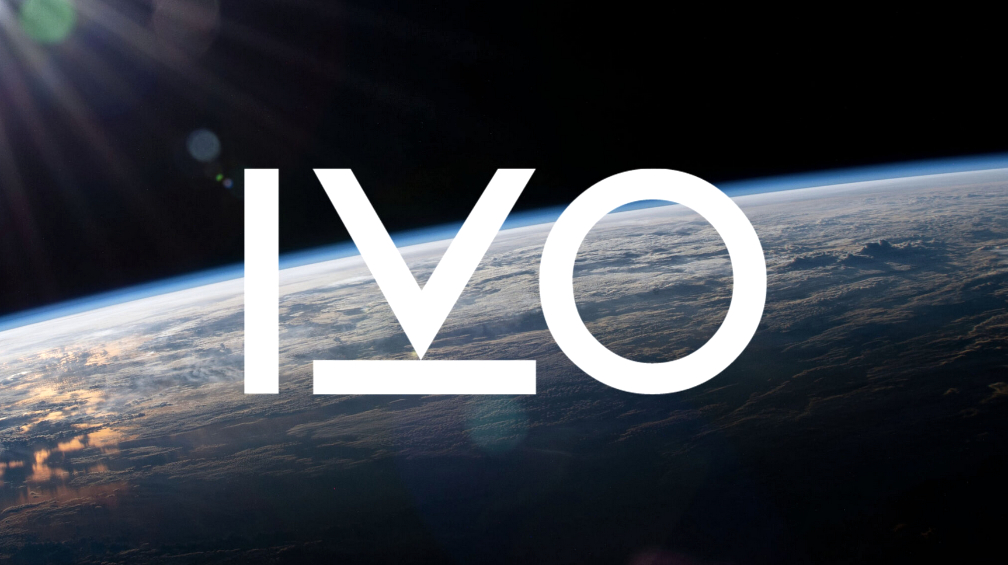
IVO Ltd. has unveiled their IVO Quantum Drive, the first pure electric thruster for satellites that uses zero fuel and brings unmatched efficiency, scalability and capability to the space industry.
Built upon the basis of quantized inertia, the IVO Quantum Drive is the world’s first, commercially viable and available, pure electric propulsion technology to achieve legitimacy via thermal vacuum testing.
IVO Ltd. worked with E-Labs of Fredericksburg, Virginia, to validate the thruster under the rigorous conditions it will see in space. The vacuum chamber also served to validate thrust being developed by quantized inertia. The IVO Quantum Drive achieved 45mN of thrust, consuming only a single watt and zero fuel. This was done at 9×10-6 Torr with temperature cycles ranging from -100c to 100c. The thruster performed as expected with no variation in performance.
Due to its use of electricity only and zero fuel, the IVO Quantum Drive has zero emissions and is self contained. This allows it the unique ability to be internal to the spacecraft itself. The IVO Quantum Drive’s modular design allows it to scale on multiple axes to meet the needs of each individual spacecraft regardless of thrust requirements.
“The benefits of pure electric thrust technology will be felt across the space industry as a whole. The IVO Quantum Drive makes it possible to measure a spacecraft’s lifespan in decades instead of a few years,” said Daniel Telehey, Chief Operating Officer of IVO Ltd. “We are particularly excited about the mission capability this technology enables with the drastic reduction in energy requirements,” Telehey added. “Ultimately the modularity of the IVO Quantum Drive makes it possible to develop far superior spacecraft that are incredibly efficient, lightweight, maneuverable, fuel independent and most importantly, cost effective.”
In 2021, CEO and Inventor of the IVO Quantum Drive, Richard Mansell, discovered pure electric thrust is viable for spacecraft through a combination of mathematics and empirical test data. “Quantum Inertia has been discussed as a theory for several years, so we approached the problem with a non-theoretical lens,” he said. “We can now say that the basic principles of Quantum Inertia hold true in test data, and they still align with quantum, inertial and gravitational physics. “
“The dramatic reduction in energy demand of this thruster will result in the downsizing of solar requirements of a spacecraft. This will allow a smaller form factor as well as weight reduction which will increase the number of spacecraft on a given launch vehicle. Craft development is already very expensive so the ability to save on both the development cost as well as launch cost will serve the space industry well,” said Paul Cejas, Technology Integration Manager, IVO Ltd.
IVO Ltd. is set to begin development programs for customers starting Q2 2022.